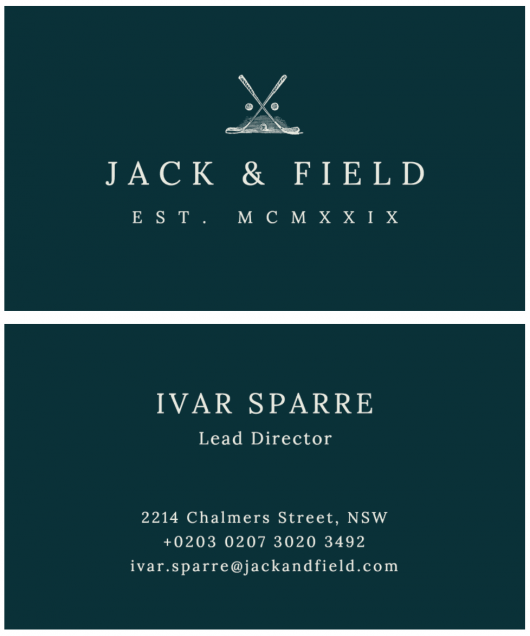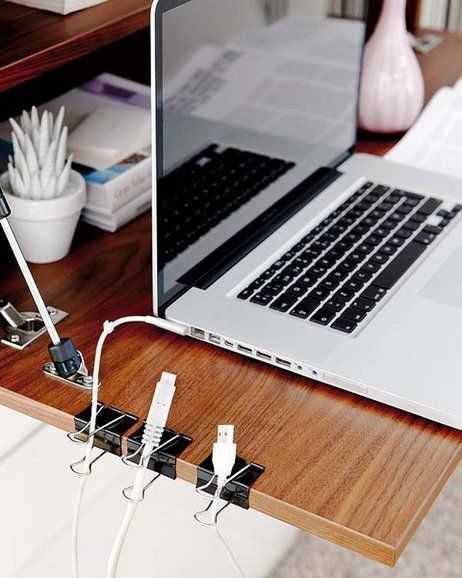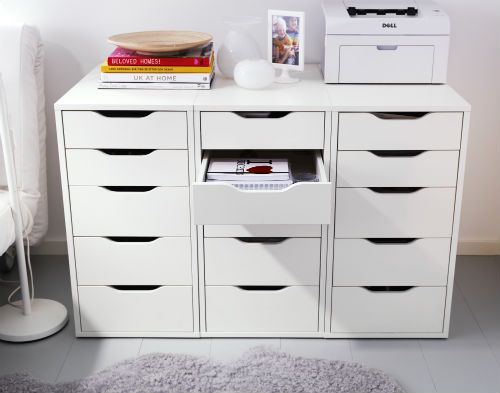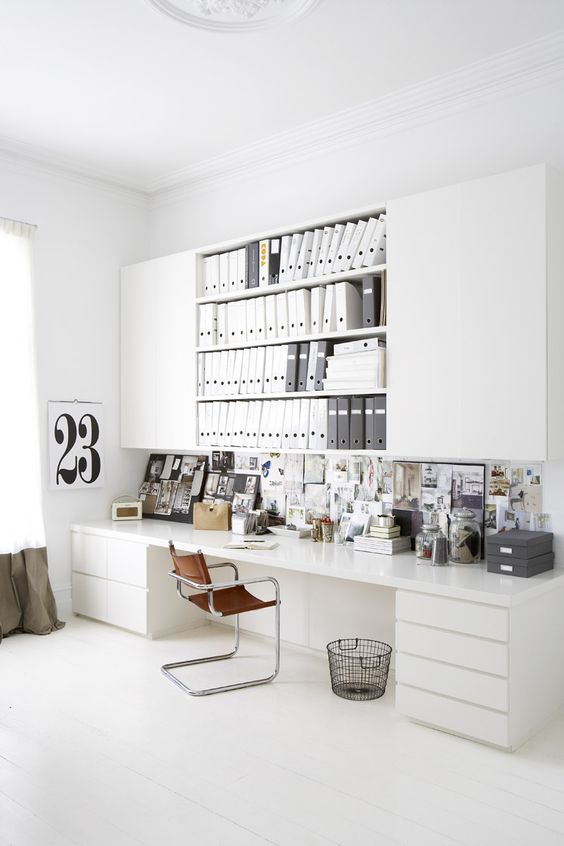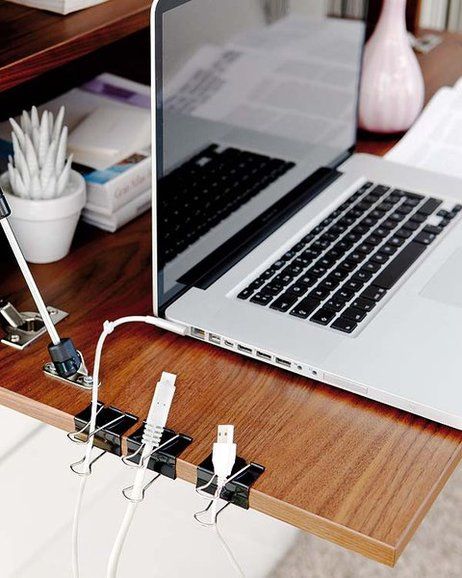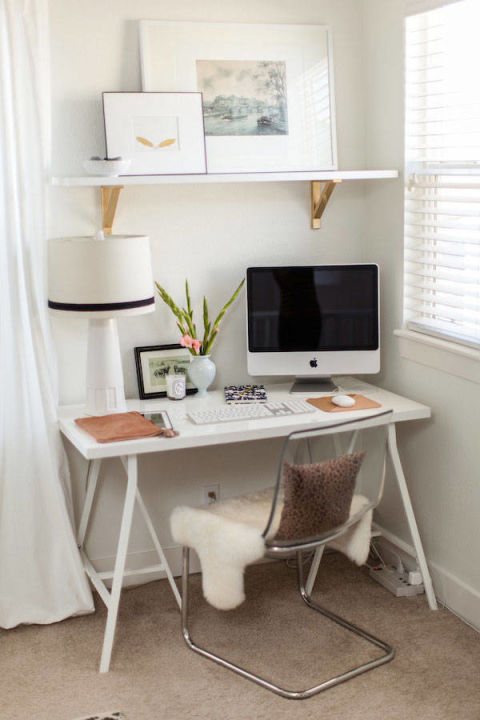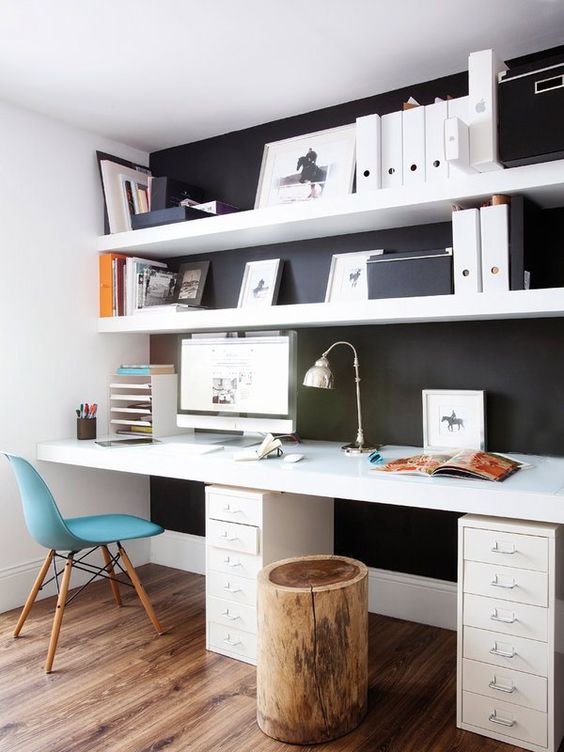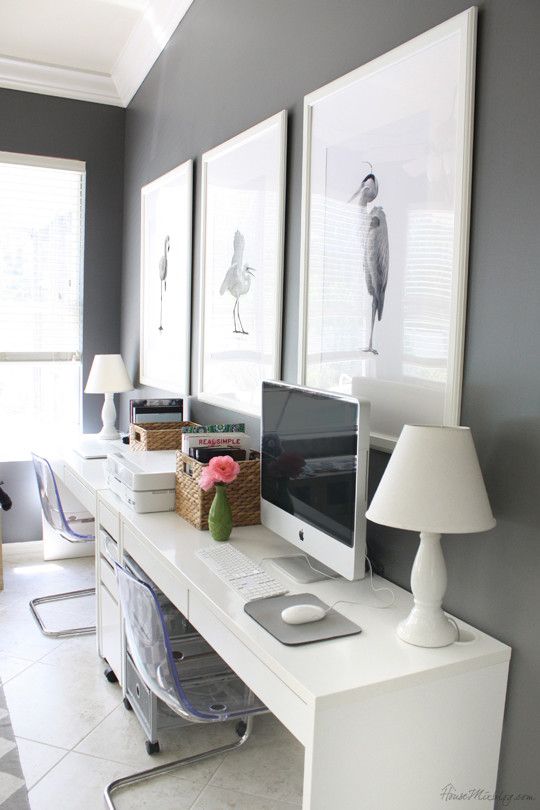I am a firm believer in the idea that there is enough business for everyone; you just need to go out and get it. Saying that, I don’t think businesses should forget about their competitors all together. There are lots of things you can learn from your competitors:
- Model yourself against your biggest, most successful competitor
- Learn how not to do business from the your worst performing competitor
- Find out how your competitors are profiling themselves
- Understand where you need to advertise or make an appearance to keep your place in the industry
You don’t need to be worrying about your competition to want to understand how they operate. It’s a great way to make sure you are keeping up. So how you could carry out a quick review of your main competitors?
Choose your top four competitors; look at a variety from your top local competitor to the biggest or best company in the market.
Have a look on their website considering the following:
- How is the design and overall look of the website?
- How are they presenting their story, ethos and USP?
- Who are their target markets?
- What are they writing about in their blogs?
- What do their client reviews say?
Have a look at their social media platforms:
- Which platforms are they using?
- What is the general message and image?
- Who are they approaching?
- How many followers and likes have they got?
Have a look through local and industry magazines:
- Are they advertising?
- Have they placed any editorials?
- What image are they portraying?
- What are they promoting?
Now that you have the information, ask yourself how you and your company compare to those you consider to be your competition. What nuggets could you take and adopt to make your image and marketing better?
We hope that you found this blog post useful. Are you already monitoring your competitors? Please comment below and share some examples of how you use competitor research to your advantage!
Leave a comment on Why Research Your Competitors?Categories Business Tips, Small businesses





